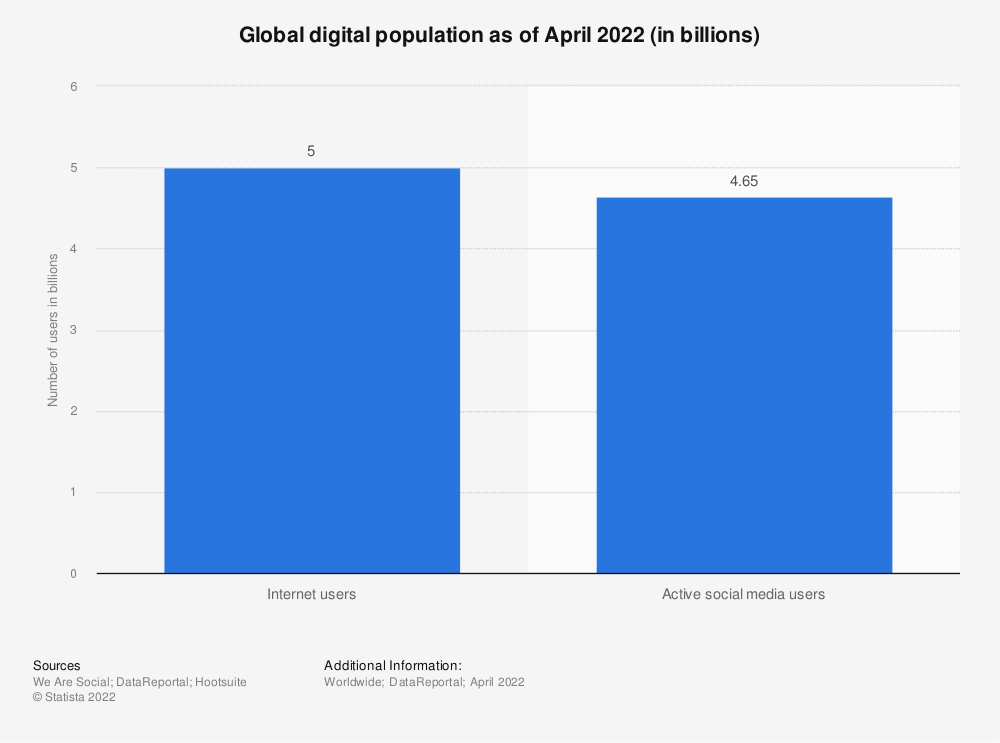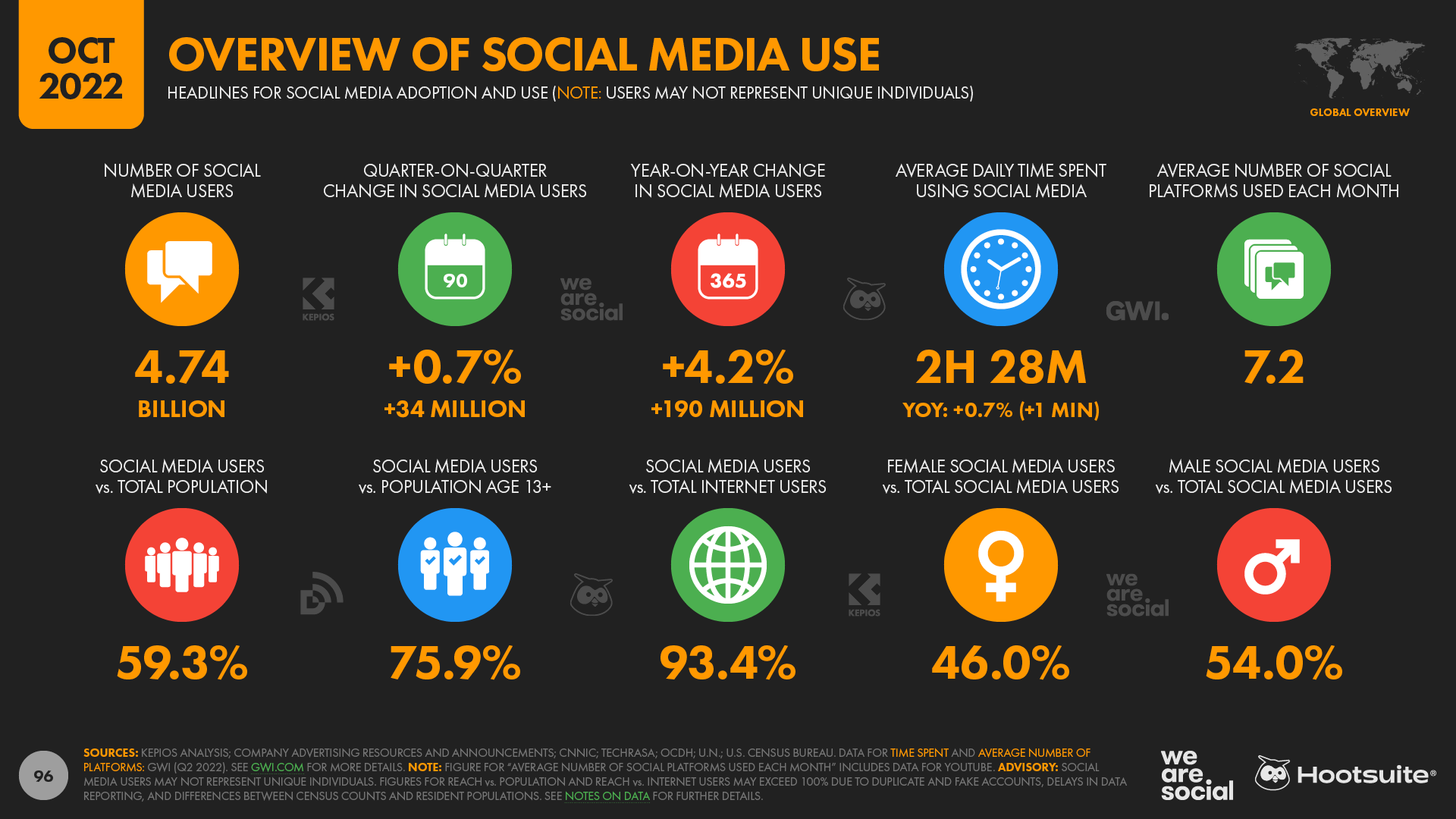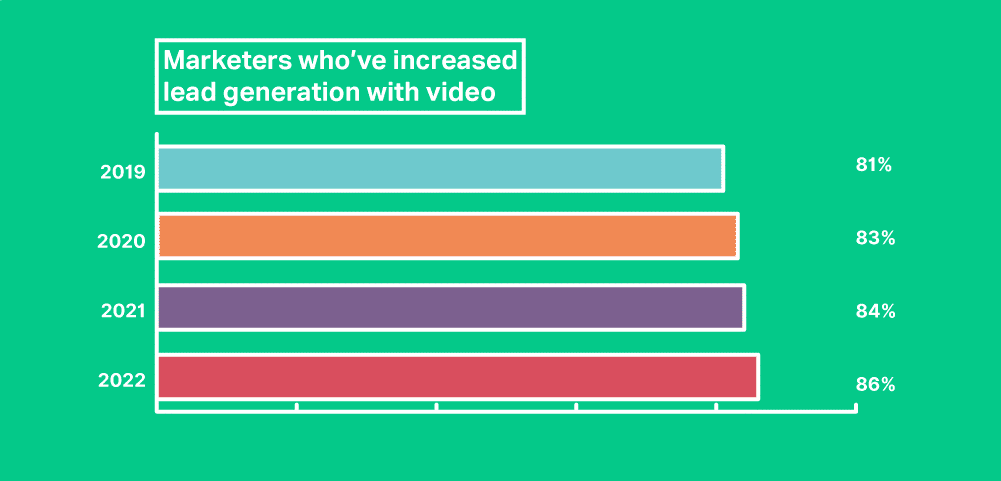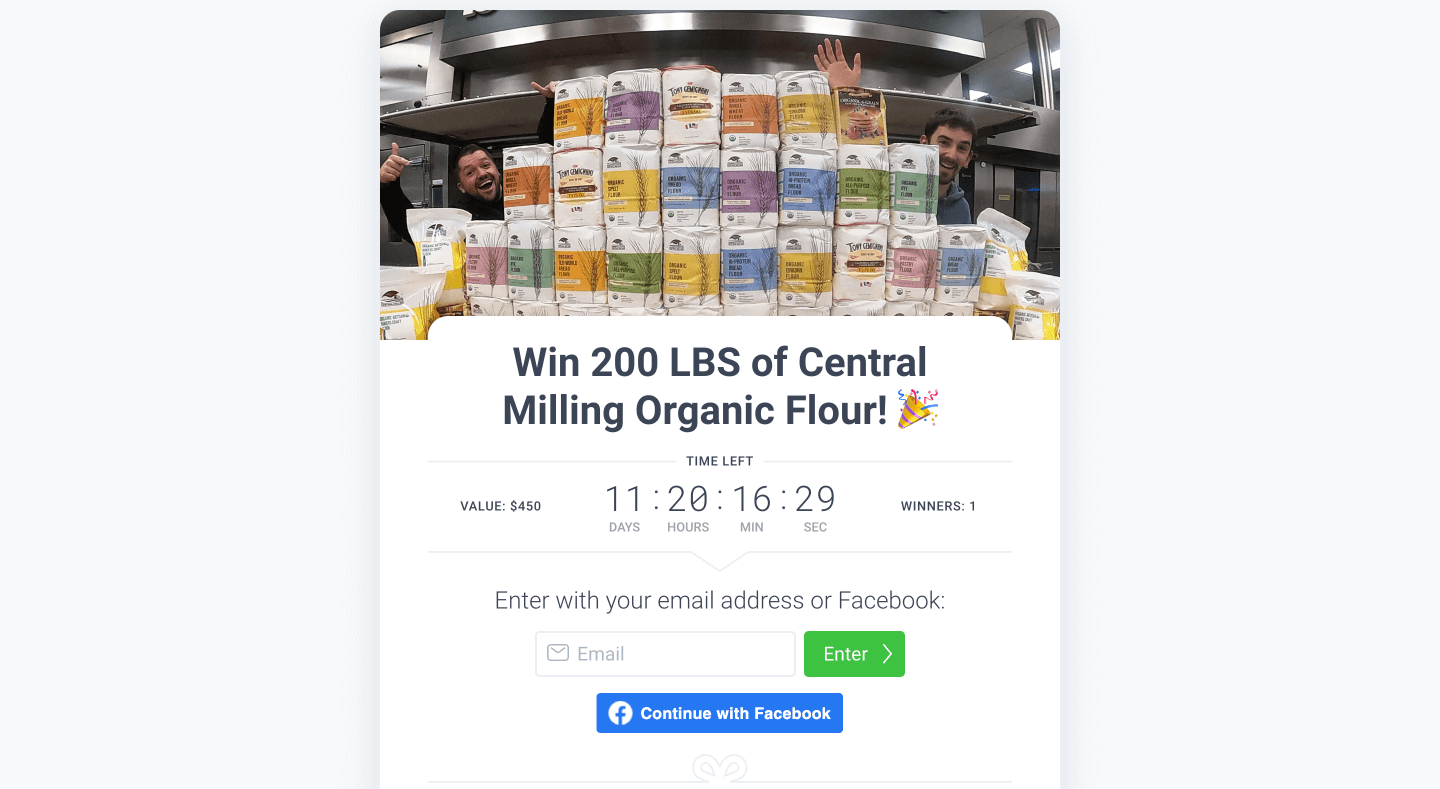In today’s digital world, content is king.
It doesn’t matter if you’re an entrepreneur with a small following or a large company with a massive following trying to expand your brand, great content will always be the key to your success.
Your content will attract, engage, and bring new visitors to your website, and ultimately, increase your revenue.
But how do you get started in content marketing?
Well, you’re not the only one that gets nervous.
Let’s get started!
Disclosure: Our website is reader-supported. If you purchase any product through our partner links, we may earn a commission at no extra cost to you.
What is Content Marketing?
According to Content Marketing Institute, Content marketing is the process of creating and sharing valuable content to attract and retain a clearly – defined audience — and, ultimately, to drive profitable customer action.
When done correctly, content marketing can be extremely effective in building trust and credibility with your audience.
And when you have their trust, you can sell them your products or services.
And the best part?
Statista recently released a report indicating that the world’s digital population has reached nearly 5 billion. This number includes 4.65 billion social media users, which is a clear indication of the growing importance of content marketing.

After all, why don’t you take advantage of this?
Today, Content Marketers understand that they need to create valuable and engaging experiences for their audiences if they want them to stick around and share their content.
This means creating stories that are interesting, visually appealing, and easy to follow.
In addition to good writing, effective content marketing also relies on solid strategy and planning.
Types of Content Marketing
Content marketing is an umbrella term that contains a variety of content types.
However, at its core, content marketing is about creating and sharing valuable content that helps your target audience solve a problem or learn something new.
However, each type of content has its own benefits and drawbacks, so it’s important to choose the right type for your business and target audience.
1. Blogging
In order to be successful with content marketing, you need to produce quality content on a consistent basis.
One of the best ways to do that is by blogging.
Blogging is a great way to get your content in front of a large audience. A blog can help you establish yourself as an expert in your field, and it can also help you build relationships with potential customers.
→
80% of bloggers report that blogging drives results
Blogging also gives folks a chance to share their thoughts with the world, build connections with other like-minded people and make a decent passive income from it.
If you’re thinking of starting a blog, you may be wondering how to get started.
The best option is to use Bluehost, a web hosting company that can help you set up your blog quickly and easily.
They have a user-friendly interface and offer a variety of plans to choose from. Plus, they offer free domain name registration and 24/7 live expert support.
So, if you’re ready to start sharing your thoughts with the world, Bluehost is the perfect option for you.
To kickstart your blogging journey, read our guide on how to start a blog.
2. Infographics
People are visual creatures.
When given a choice, we will almost always choose to see something rather than read it. That’s why infographics have become so popular in content marketing.
It is a great way to present complex information in an easy-to-digest format. By using infographics, graphs, charts, and images, you can help your readers visualize the data that you’re presenting.
There are several things to keep in mind when creating an infographic. Here are a few tips for creating effective infographics:
- Start with a good idea. The best infographics are ones that are well-researched and thought out. Take the time to come up with an interesting topic or angle, and make sure the data is reliable.
- Keep it simple. Infographics should be easy to understand at a glance. Use clear and concise language, and avoid overcrowding the graphic with too much information.
- Be visually appealing. The best infographics are eye-catching and engaging. Use attractive colors and graphics, and make sure everything is properly aligned and organized.
Finally, include a link to your original article, website, or social media page so that readers can learn more about the data that you’re presenting.
There are many different places to make infographics for content marketing.
Some people prefer to use free online tools, while others prefer to use software that they have to pay for.
One popular free online tool is Canva.com.
With Canva, you can create professional-looking infographics using pre-made templates or by creating your own design from scratch.
If you don’t want to create the infographic yourself, you can also hire a designer.
3. Social Media
In order to use social media for content marketing, you first need to understand how social media works and how it can be used to help promote your content.
By publishing valuable content and engaging with people on social media, you can create a loyal following that will be more likely to buy from you when they are ready to make a purchase.

Before creating your social media marketing strategy, take some time to research your target audience.
Who are they? What are their interests? What kind of content do they want to see?
Once you know what your target audience wants, you can start creating content that appeals to them.
Twitter can be used to share short snippets of information, while LinkedIn is better for longer posts and providing more in-depth information.
Facebook can be used for a mix of both short and long posts, as well as images and videos.
When used correctly, Pinterest also can help businesses reach a new audience and drive traffic to their websites.
It’s also important to keep in mind that not all platforms are right for every company or organization.
You need to find the ones that work best for you and your target audience and focus on using them to publish great content.
Your social media marketing strategy should also include a plan for how you will measure the success of your campaign. This includes setting goals and tracking metrics such as likes, shares, and engagement rates.
There are many different places you can learn about how to create a social media marketing strategy.
One great resource is Social Media Examiner’s blog.
Another great resource is HubSpot’s blog. They have an entire section devoted to marketing, and they offer a bunch of free templates to help you get started.
4. Newsletters
Newsletters and email lists are one of the most effective ways to distribute content. It’s fast, easy to use, and helps you keep in touch with your audience, keep them up to date on your latest content, and build relationships with them.
There are a lot of different ways to create email newsletters and email lists.
You can use a tool like Constant Contact or MailChimp, and you can make people sign up to your email list through your blog.
But how do you make sure your email marketing campaigns are successful?
First, make sure your email is well-designed.
Use a clear and concise headline, and make sure your text is easy to read.
Break up your text with headings and subheadings, and use bullets or lists to highlight key points.
In addition, be sure to include a strong call to action. Tell your readers what you want them to do, and give them a clear path to follow.
Finally, test your email before you send it out.
Make sure all the links work properly, and that the formatting looks good on different devices.
5. Podcasting
Podcasting is a great way to produce content for your content marketing strategy.
It’s a great way to share your expertise with your target audience and help them learn more about your company. Plus, it’s a great way to show off your personality and connect with potential customers on a more personal level.
When creating a podcast, be sure to think about the topics you want to cover.
What are your customers’ biggest pain points? What questions do they have about your industry or product?
Once you’ve identified some topics, start brainstorming ideas for episodes.
Your podcast doesn’t need to be all business all the time.
Think about including personal stories and insights from time to time.
This will help make you feel like more of a real person to your listeners, and it will also help you build relationships with them.
There are many ways to learn to podcast. You can find online YouTube tutorials, courses, podcasts, ebooks, and articles on how to start a podcast.
6. Videos
There is no doubt that video content is king in the world of online marketing. This means that if you’re not using videos as part of your content marketing strategy, you’re missing out on a huge opportunity to reach your target audience.
Not only that, with 1.3 billion active users, YouTube is a powerful platform for content marketing.
By creating videos that are relevant to your target audience, you can reach a large number of people and generate leads and sales.

Not only do videos help you stand out on social media, but they can also be used on your website or blog to drive traffic and engagement.
But creating effective videos can be a challenge. Here are a few tips to help you get started:
- Plan out your video before you start filming. Know what you want to say and how you want to say it. Be sure to start with a strong hook.
- Make sure your videos are well-edited and free of errors. Viewers will quickly lose interest if your video is sloppy or poorly made.
- Be creative and think outside the box – there’s no need to create the same old boring corporate video.
- Be sure to include a call to action in your videos, urging viewers to take some sort of an action (such as visiting your website or subscribing to your channel).
- Don’t be afraid to promote your videos on other social media platforms like Facebook and Twitter.
There are many YouTube channels that offer video tutorials on how to make videos for content marketing. Watching these tutorials can be a great way to learn new techniques and strategies.
You may also want to consider using an online video maker or professional help to produce your video, as this can often result in higher quality finished content.
7. eBooks
An ebook is a digital book that can be read on a computer or electronic device, such as a phone or tablet. Ebooks are often less expensive than traditional books, and they don’t take up space on your shelf.
However, ebooks have become a content marketer’s best friend.
Not only are they an engaging and visually appealing way to distribute information, but they’re also a great way to collect email addresses.
You can create a landing page for your ebook and offer it as a free download in exchange for someone’s email address.
This will help you build your email list and generate leads.
You can include them in blog posts, articles, and other content pieces.
You can also promote them on social media.
When you start creating an ebook, it’s important to think about what you want to say and how you want to say it. You’ll also need to come up with a plan for how you’ll structure your book.
When you’re ready to create an ebook, there are a few things to keep in mind:
- Start by creating an outline of your content. This will help you stay on track as you write and ensure that your ebook is well-organized.
- Create a table of contents. This will make it easy for readers to find the information they’re looking for.
- Write a good introduction and conclusion. The introduction should draw readers in and explain what the ebook is about, while the conclusion should wrap up the main points and leave readers with something to think about.
- Write in an easy-to-read style. Make sure your text is well-organized and easy to understand, especially if you plan to include images or diagrams.
- Proofread your work carefully. Once you’re finished writing, take the time to proofread your work thoroughly to make sure there are no errors.
You could simply create an Ebook using Microsoft Word or another word processing program and then save it as a PDF.
However, this can be limiting in terms of design and layout options.
If you’re looking for more flexibility, you might consider using an online design tool like Canva.
With Canva, you can create beautiful, professional-looking ebooks quickly and easily. All you need is an idea and some basic design skills.
8. User-Generated Content
User-generated content (UGC) is any type of content that is created by users of a digital platform, such as a social media site, rather than the site’s owners or employees.
This might include posts on social media sites, comments on blogs or news articles, reviews, videos, or contests.
One of the main benefits of using UGC for content marketing is that it helps to build trust with your audience. When users share their own thoughts and experiences about your brand or product, it helps to create a connection between them and your brand.
This can lead to increased brand awareness and loyalty.
Another benefit of using UGC is that it can help you to generate more leads.
By sharing user-generated content on your website or social media pages, you can attract more visitors who are interested in what you have to offer.
There are a number of social media contest tools that brands can use to generate user-generated content.
One of the most popular tools is called KingSumo. (and it’s affordable!)

With KingSumo, you can create contests that users can enter by using their email, performing tasks such as following the brand on social media, clicking a link, or watching a YouTube video.
These contests are a great way to generate user-generated content and increase engagement on social media.
Measuring Your Success
The first step is to determine what you want to achieve with your content marketing.
Maybe you want more website visitors, or maybe you want them to take a specific action, like downloading a white paper or signing up for a mailing list.
Once you know what you’re aiming for, you can start tracking how well your content marketing is working.
One way to track results is to look at website traffic data. If you see an increase in website visitors after publishing new content, that’s a good indication that your content marketing is working.
You can also use tools like Google Analytics to track how users are interacting with your content – for example, which pages they visit and how long they stay on each page.
If you have a WordPress website, this can be done by installing the MonsterInsights plugin, which integrates with Google Analytics and provides detailed insights into how people are finding your website.
Another way to measure the effectiveness of your content marketing is by looking at your social media insights.
This will give you an idea of how many people are engaging with your content and whether or not it’s resonating with them.
Moreover, most of the marketing tools have built-in analytics features so you’re good to go with them.
Final Thoughts
Content marketing is like planting a garden.
You put in the time and effort upfront, but then you get to enjoy the fruits of your sweat for months or even years to come.
However, it is always important to stay up-to-date on the latest trends and changes in the industry so that your content remains relevant and engaging.
Always test and measure your results to see what works best for you. Keep creating valuable content that your customers will enjoy and you will be successful in content marketing for years to come.
Keep these things in mind as you continue to create content, and you’re sure to see great results!
